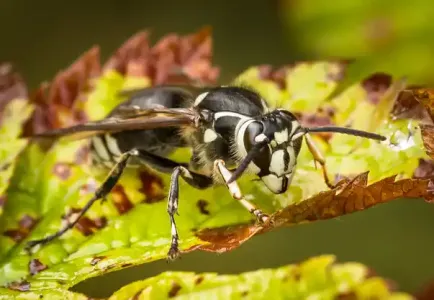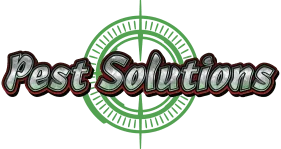About Bald-Faced Hornets

Appearance: Fairly large black body with white markings on the face; 1/2 – 5/8 inch in length
Region: Found throughout the U.S.
Diet: Their diet consists of harvested nectar and pollen from flowering plants although they are attracted to meats and will feed on soft-bodied insects including aphids and caterpillars.
Habitat: Most common in the southeastern United States, the bold-faced hornet is most active during the day and as social insects, they live in large colonies with between 100 and 400 members. They live in paper gray-colored, egg-shaped nests that are at least 3 feet off the ground, typically on trees, utility poles, or on the side of buildings.
Threats: Bald-faced hornets are protective and aggressive, known to attack and sting people and animals who they deem a threat. When stung, the area can hurt, swell, and itch for about 24 hours. When they “zone in” on a target, they often attack in large numbers with the ability to sting repeatedly which can lead to increased pain, swelling, and allergic reaction.
Control: Cover garbage cans and dispose of food waste properly, repair any structural damage or broken fixtures, and fill in potential holes with dirt, If you find a bald-faced hornet nest on your home or property, do not attempt to remove it on your own as this can aggravate the colony. Contact a professional pest control company for removal.
